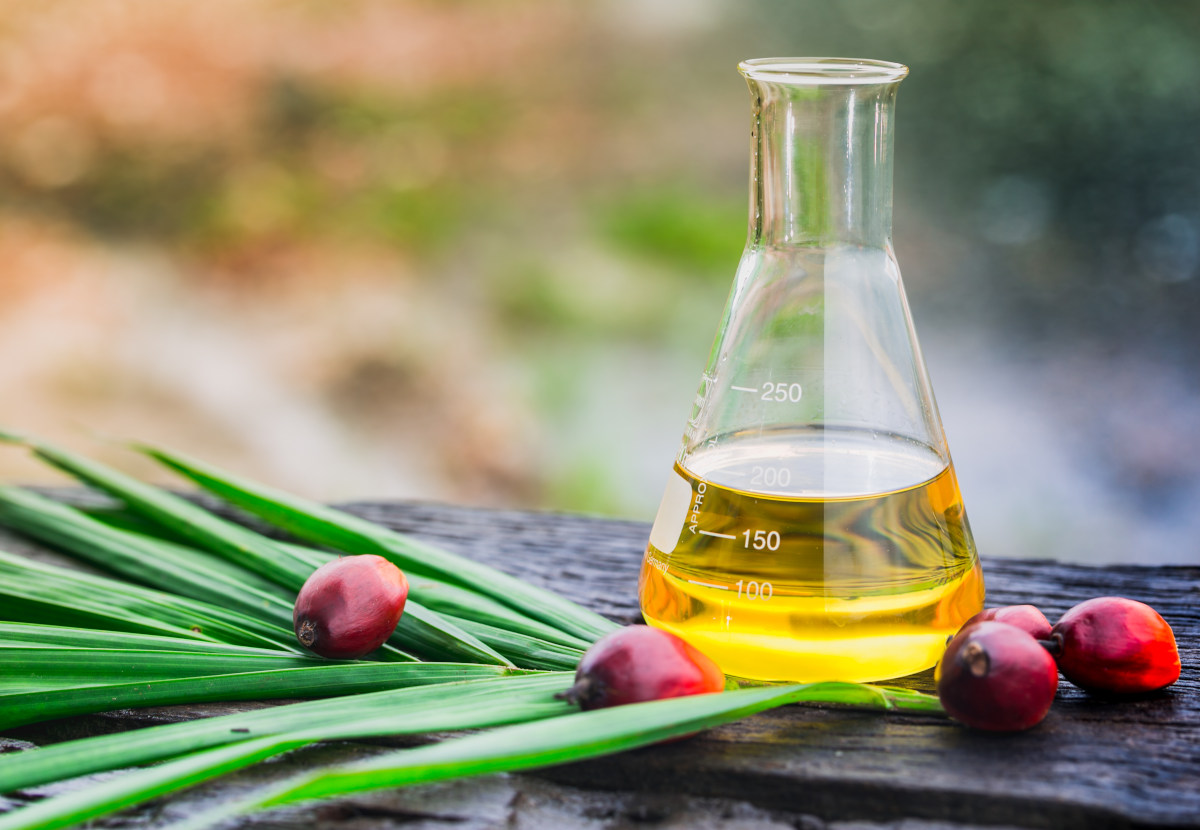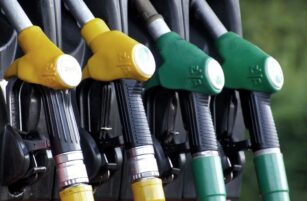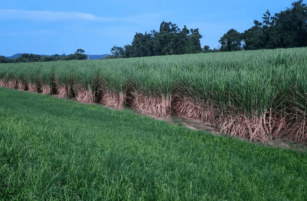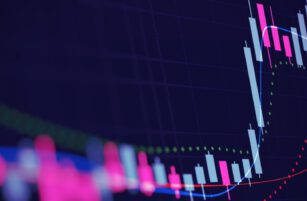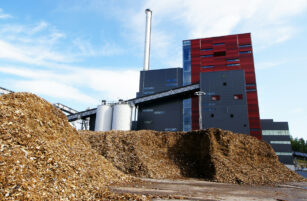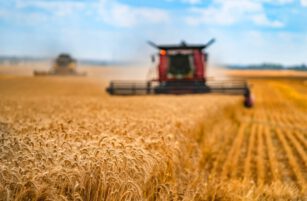Opinion Focus
- Palm oil is one of the most versatile ingredients in food and cosmetics.
- But environmental concerns have put the focus on procurement processes.
- Food and beverage companies are now leading the way in more responsible palm oil sourcing.
Palm oil is an incredibly efficient and productive crop and has a valuable place in the food chain. But in recent years, sustainability concerns have emerged, prompting major buyers to take a closer look at procurement processes. As a result, a great deal of progress has been made, but there is still work to do.
Why Palm Oil?
Palm oil is used in a wide range of applications from the food and beverage industry to cosmetics and even as a biofuel. But palm oil is so important because it is so productive as a crop. It produces far more per hectare than comparable oilseeds such as rape or sunflower.

This is especially important as the amount of available agricultural land shrinks globally, as it can lead to a more sustainable farming system.

Where is Palm Oil Grown?
Indonesia is the primary palm oil producer globally, followed by Malaysia. Combined, those countries produce about 350 million tonnes of palm oil fruit – or about 85% of global supply.

Source: FAOSTAT
The fruit grows in tropical conditions with year-round soil moisture. As a result, the major producers are located in regions in Asia, South and Central America and Africa – often in low-income countries.

Source: FAOSTAT, World Bank
As a result, palm oil is a major economic driver and there is greater incentive to increase production as demand grows.

Source: UN Comtrade, World Bank
This is especially true as prices rise. This is how prices have behaved in the past 50 years or so.

Source: World Bank
But the problem is that there is limited agricultural land. According to the World Agroforestry Centre, undisturbed forest cover in Indonesia declined to 57.87 million hectares in 2005 from over 105 million hectares in 1990.
Naturally, because it is so profitable, there is greater incentive to grow more, threatening biodiversity. These dynamics increase the risk of deforestation in favour of more the high-value palm oil fruit crop.
What Are the First Steps?
After initial calls for large companies to cut suppliers from their chains in the name of sustainability, it was soon recognized that this approach is far too simplistic. Now, the general consensus among experts and advocacy groups is that boycott is not the answer as it compromises income in vulnerable communities.
Instead, the first step towards 100% sustainable palm oil is understanding the current situation. NGO World Wildlife Foundation ranked 142 companies that were approached to participate in its Palm Oil Buyers Scorecard. The ranking is based on five metrics: commitments, sustainable purchasing, supplier accountability, sustainability platforms and on the ground action.
The good news is that some of the world’s biggest palm oil buyers were ranked “well on the path” or “leading the way” in sourcing sustainable palm oil. The willingness to participate in the ranking was also a positive signal of the industry’s commitment to sustainable palm oil.

According to WWF, “the commendable performance of some companies is proof that sustainable palm oil is achievable.”
The full scorecard is available HERE .
What More Can We Do?
After measuring the current situation, the next step is creating a mechanism to measure progress. This can be done through certification through the Roundtable on Sustainable Palm Oil (RSPO). The organisation was created in 2004 to do just that. Its founding partners were World Wildlife Fund, the Malaysian Palm Oil Association (MPOA), Unilever, AAK and Migros.
To date, the organization has certified 488 mills and 100 member growers. Over 3,700 companies and 6,400 facilities have supply chain certificates and the RSPO has almost 5,500 active members.

Source: RSPO
Major buyers are audited annually, meaning certification can be withdrawn if standards are not consistently met. This holds buyers and sellers to account and ensures continuous improvement is encouraged.
And countries around the world have established advocacy groups to promote sustainable palm oil. Given that Europe is a main palm oil buyer, several countries including Germany, France, Poland and Spain have their own organizations. India, China, ASEAN countries and North America also have their own advocacy groups.

Source: UN Comtrade
Concluding Thoughts
- Nobody expects the industry to become 100% sustainable overnight.
- The efforts being made by companies, agencies and governments show that progress is possible.
- Companies participating in the Palm Oil Buyers Scorecard are demonstrating their commitment.
- The RPSO is a way to engage all stakeholders and address challenges.
- As major companies continue to make ambitious procurement pledges, others will follow suit.
